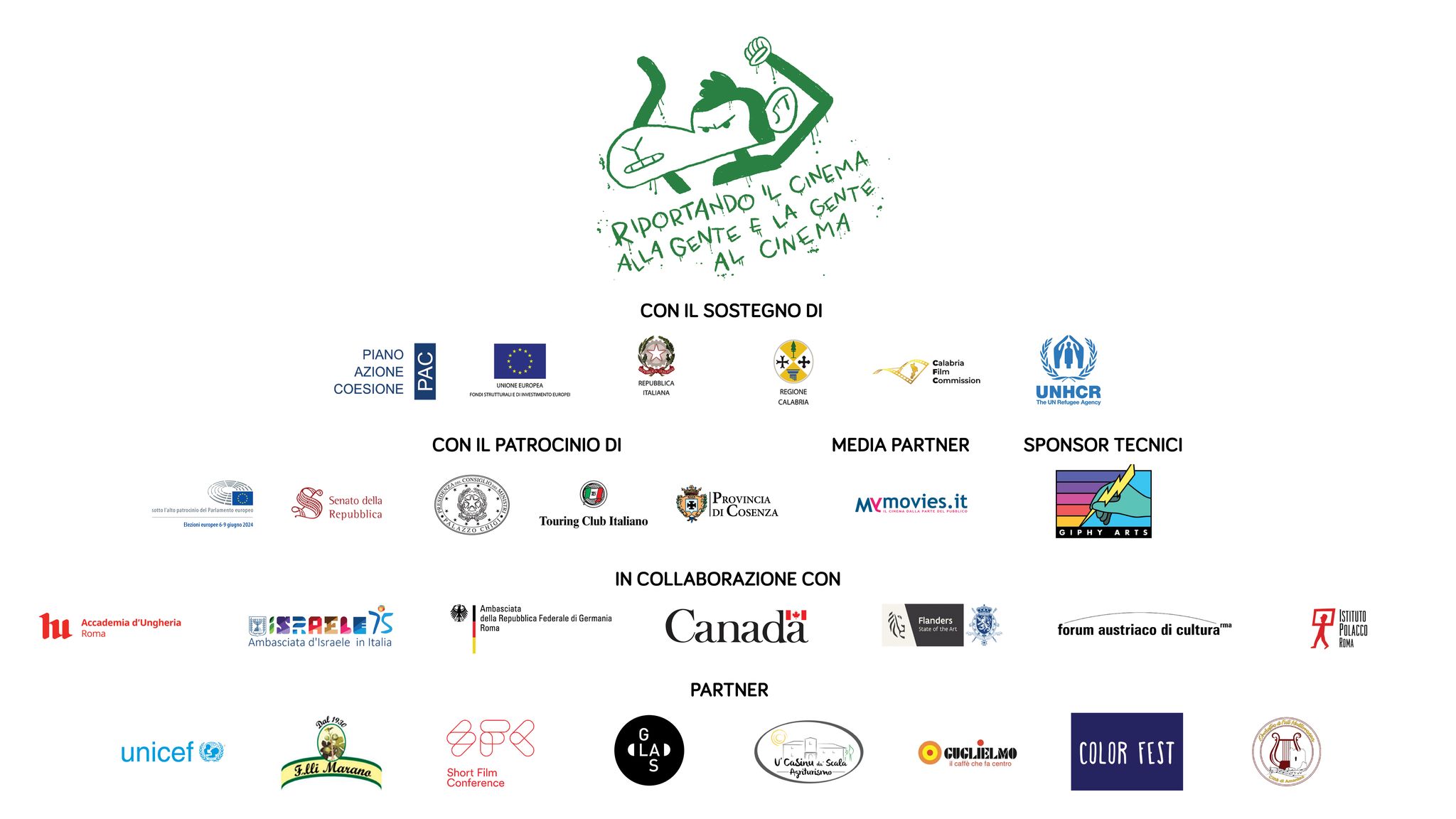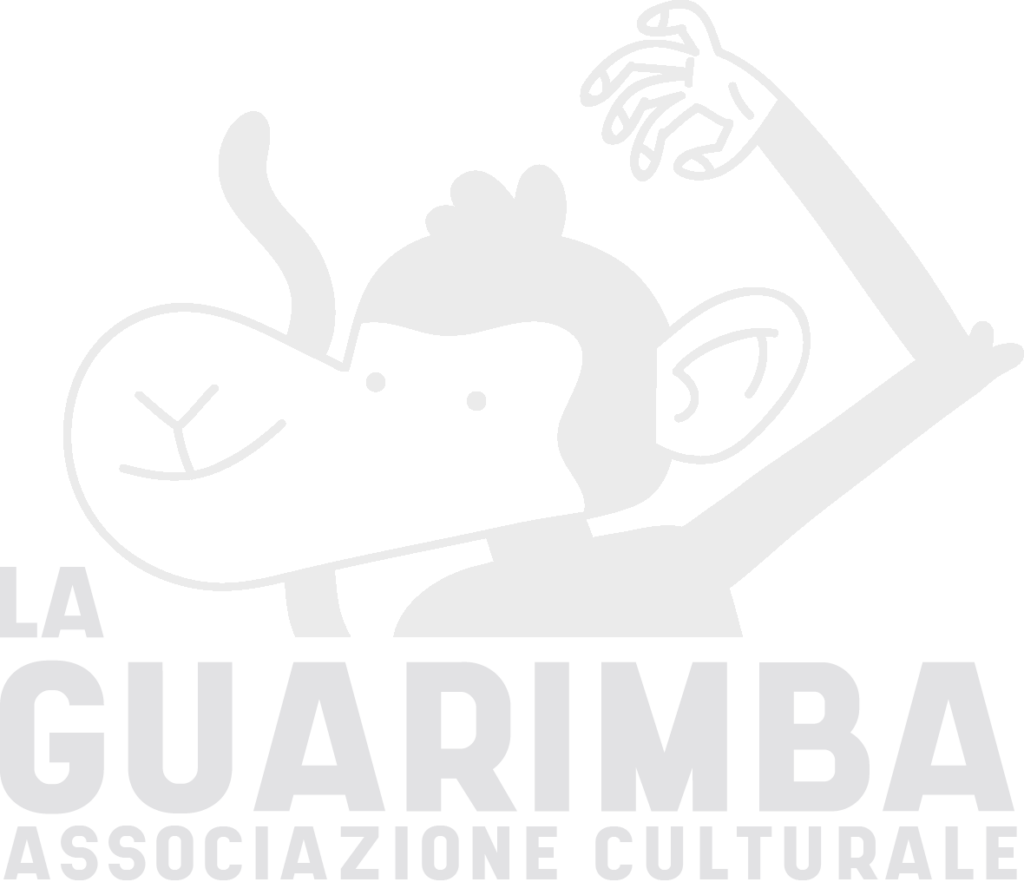The 11th edition of La Guarimba International Film Festival took place in Amantea (CS) from the 7th to the 12th of August, 2023.
This year’s was a special edition, homemade at Il Terrenito, the abandoned space that, step by step, we are transforming into an increasingly active and colorful cultural center. We opened it up to the community that was created over six days of cinema, art and beauty.
La Grotta Park, which hosted the festival in previous editions, was closed at the beginning of this year due to unsafe conditions. The municipality was unable to offer us alternative solutions, so we bet on Il Terrenito, which gave us unexpected surprises.
By huddling together in this new home, we gave a strong signal to the city: to continue to offer a quality event with free admission, remembering that it is not the space that makes La Guarimba what it is.
159 short films, 45 nations represented, 90 international guests, 15 works of illustration exhibited, 6 lectures and workshops, 2 concerts, and 300 spectators each night: these are just some of the numbers that show the impact of our festival in a small town in the Tyrrhenian Coast of Calabria.































